Check out our guide to skate skiing for beginners
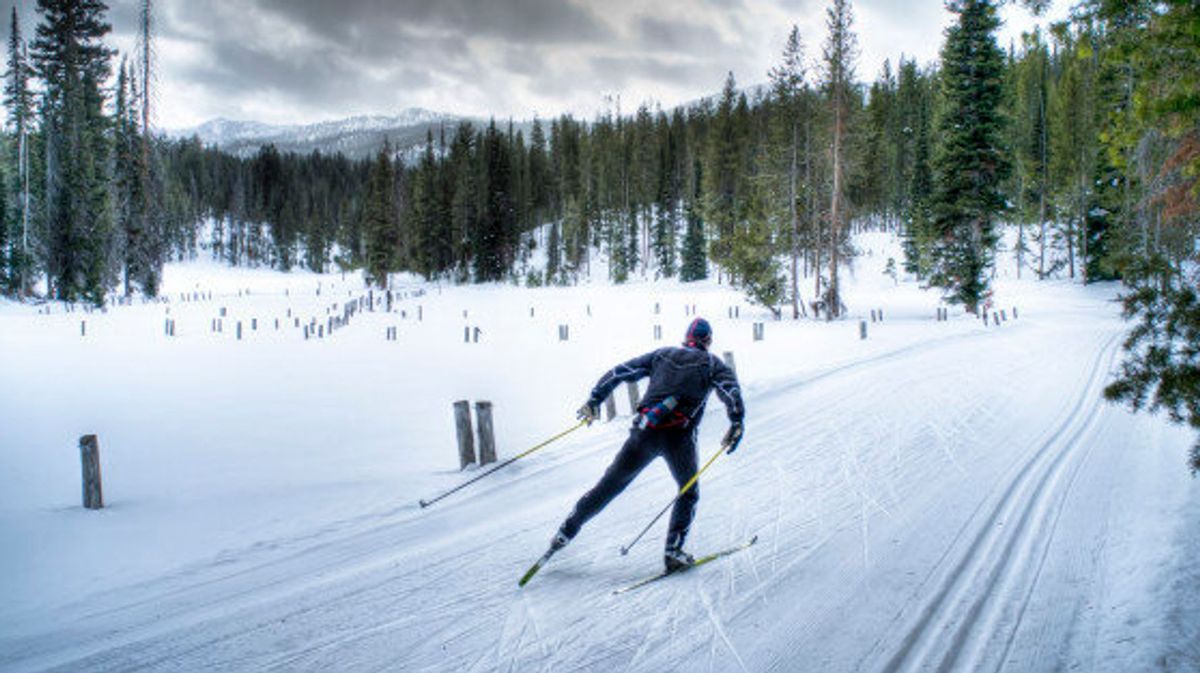
A few minutes every morning is all you need.
Stay up to date on the world's Headlines and Human Stories. It's fun, it's factual, it's fluff-free.
Are you thinking of trying your hand at skate skiing this year instead of hitting the traditional slopes? Ski season crept up on us like it does most years, and now begins the season pass and gear-buying frenzy. However, since busy slopes might make you nervous given the ongoing pandemic, you might want to forgo Alpine skiing or snowboarding for Nordic skiing.
Nordic skiing, which includes classic cross-country and skate skiing, is less popular than downhilling. But it also happens to be less expensive and less crowded. Not to mention it’s a killer workout. So let’s dive into the world of winter sports – particularly skate skiing. Read on for a guide to skate skiing, including great Nordic skiing locations, gear recommendations and tips for whipping yourself into shape.
What is skate skiing?
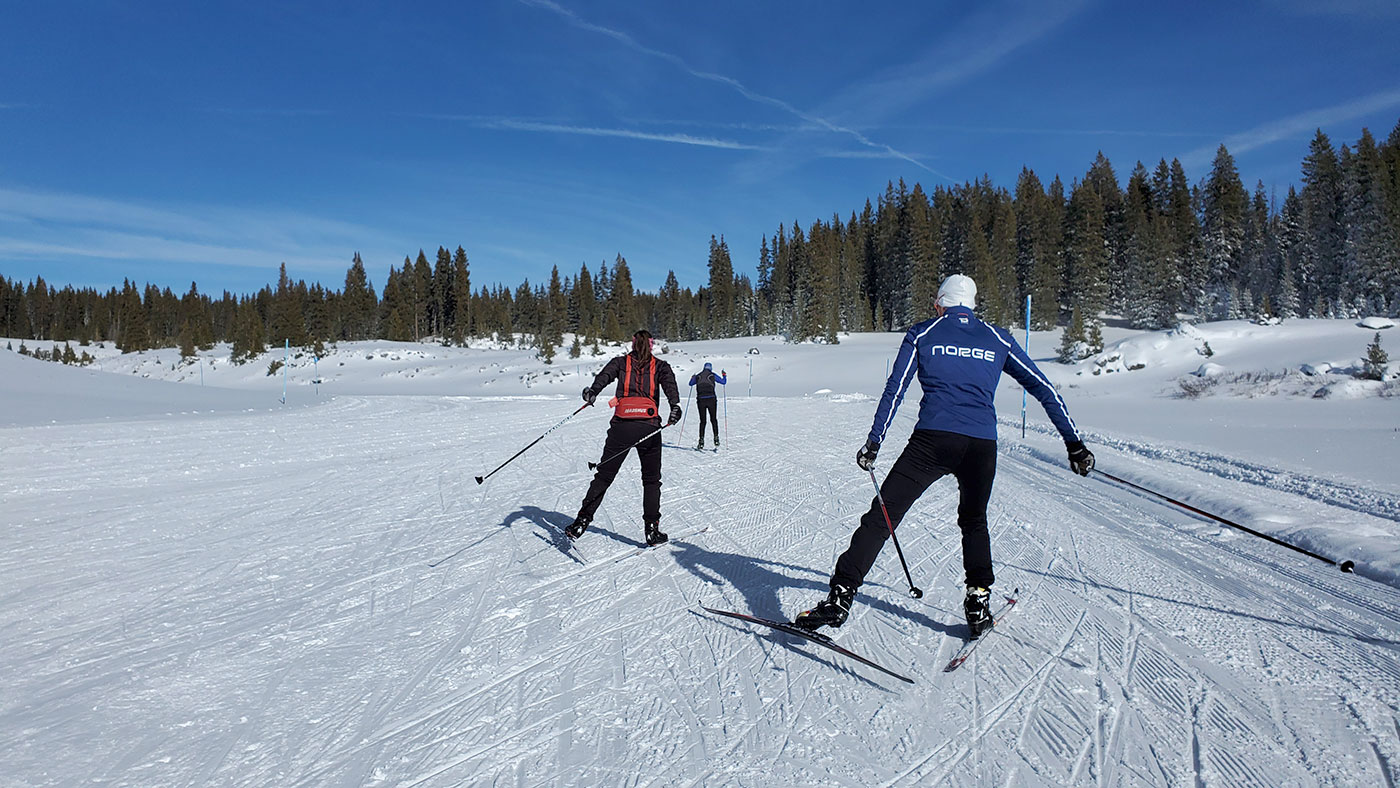
Accessible to beginners for the modest gear necessities and minimal recreation fees, cross-country skiing only requires a lesson or a few tips before heading out on the trail. With this sport, you can nix the anxiety of navigating the chair lift and dealing with expensive gear and mountain passes.
The difference between the two types of Nordic skiing lies in the basic movement. You’ll also need different types of skis. Classic cross-country skiing moves in a vertical, forward motion, almost like hiking. Skate skiing moves laterally, similar to ice skating or roller skating. Skate skiers also move more quickly than classic skiers. The cross-country discipline launched out of obscurity in the 1980s, making it the most recent form of skiing.
While the terrain for Alpine skiing consists of mountainous hills of varying inclines, Nordic skiing terrain consists mostly of flat, open meadows and trails with some hills. Trails are often marked with their difficulty level, from green to double black diamond, just like Alpine skiing.
Where to skate ski
Nordic resorts and groomed trail systems abound throughout the United States and Canada. Melanie Musson, a Montana-based winter sports enthusiast, suggests Bozeman, Montana. It’s a “beautiful destination for skate skiing enthusiasts,” says Musson. “In the nearby Bridger Canyon, the Crosscut features world-class groomed trails with a variety of difficulty levels. The trails weave around the base of the Bridger Mountains and offer unparalleled views of mountain peaks and pristine forests.
“In the city of Bozeman, several golf courses and parks groom trails for residents’ and visitors’ enjoyment,” says Musson. “These locations encourage users to purchase a Bridger Ski Foundation pin to help support the costs of trail grooming and maintenance. The city is also home to several ski shops where you can rent or purchase skate skis or get your set tuned up for the season.”
Dr. Shauna Hetcher, a staff writer and editor for NWHP, suggests several locations for prime skate skiing. Her list of US hot spots includes Aspen, Beaver Creek and Yellowstone Club. In Canada, Dr. Hetcher recommends Whistler-Blackcomb and Bighorn Revelstoke.
Gear recommendations
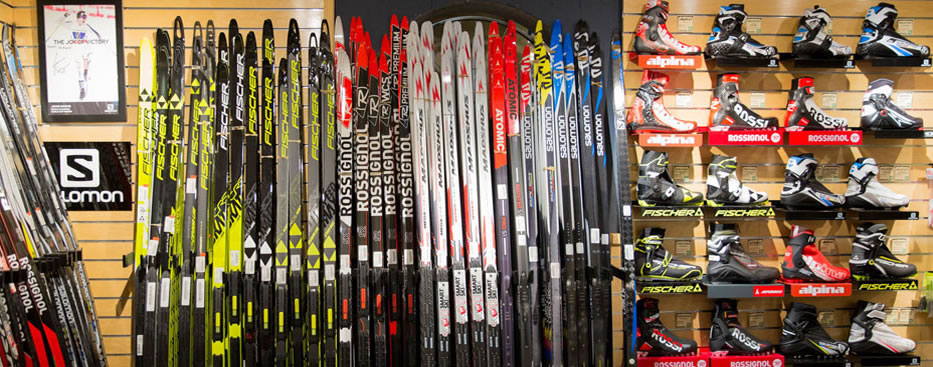
Always wear layers when skiing to avoid catching a chill or overheating. Do not wear cotton unless you like being drenched in melted now and your own sweat. Your clothing materials should be synthetics and wool. Never forget your hat and gloves.
In terms of gear requirements, you’ll need skate skis, boots, bindings and poles. Your weight and your height determine your ski size. Ensuring that you purchase compatible boot and binding systems is a must. Opt for New Nordic Norm, or NNN when in doubt. While downhill ski boots should be tight and arguably uncomfortable, skate skiing boots should be firm but flexible. As for your poles, the tops will reach your armpits when you embed the tips in the snow.
According to Norwi Ski, the top cross-country ski brands in 2021 are Fischer, Rossignol, Salomon, Madshus, Swix, Atomic, Alpina and Sola. Let’s look at the top four brands and what they have to offer for skate skiers.
It’s incontestable that Fischer comes in as number one for cross-country ski gear, especially for professionals. Their genderless system appeals to all, while most other brands market different equipment for men and women. The design focuses on skill level, weight and height. Whether you’re a beginner, intermediate or advanced skier, Fischer will undoubtedly meet your needs.
Rossignol, Salomon and Madshus are cranking out technological improvements to compete with Fischer. Rossignol, though preferred by men, is a close second to the leading brand. Versatile and lightweight, these skis offer something for every skill level. Salomon and Madshus are working tirelessly on product development, and Salomon only comes out on top because of its line of accessories in addition to traditional gear.
If you can’t seem to fit new gear into the budget, determine your measurements and appropriate sizes for your skis, boots and poles, and go hunting on Craigslist.
Getting in shape for skate skiing
Skate skiing will drain and frustrate you without the proper fitness level. A mix of cardio, weight lifting and yoga often works well for skate skiers. In addition, training with ice skates or roller skates helps with your posture and your overall stance.
Check out some of these exercises that can get you started on your journey for prepping for the skate skiing season. After that, practice makes perfect!
Have a tip or story? Get in touch with our reporters at tips@themilsource.com


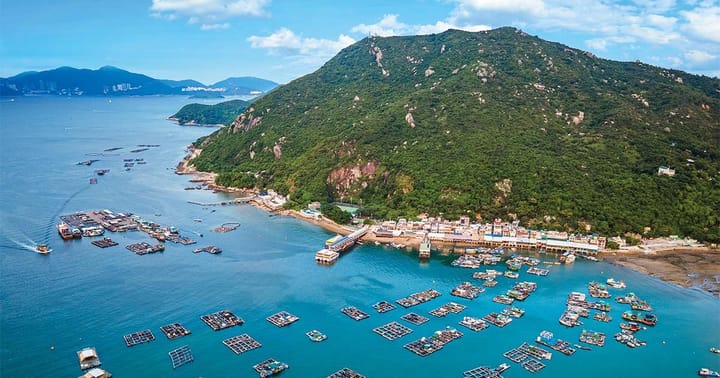
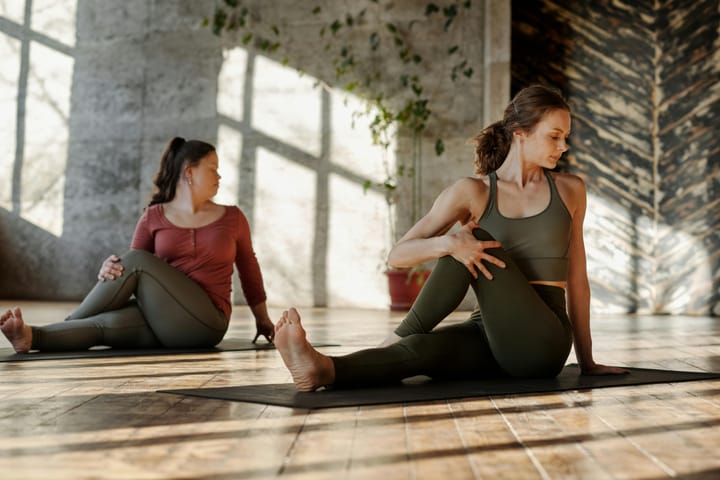
Comments ()